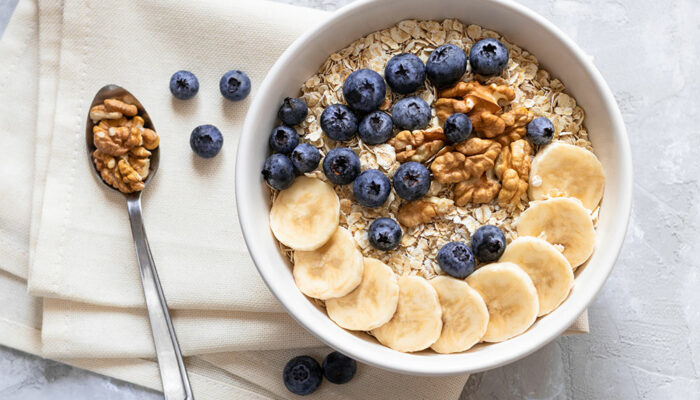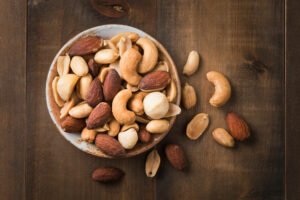
7 breathing mistakes to avoid for optimal lung health
Many of us are unknowingly making breathing mistakes, and these could significantly impact our lung capacity and health. Many of us are used to breathing in a way that negatively impacts our respiratory system. Factors like poor posture, breathing through the mouth, and other similar habits can significantly impact our health. To avoid any adverse effects, it is essential to understand and rectify these mistakes for a fuller breath and a healthier set of lungs. Breathing through the mouth Constantly breathing through the mouth is another mistake you need to work on avoiding for healthy lungs. Did you know studies have found that up to 50% of adults breathe through their mouths? The possibility is higher during the morning than at night. It might not be risky in small portions, but if you constantly breathe through your mouth, you must retrain yourself. The nose can filter out toxins, irritants, and other items that are best kept away from the respiratory tract. It also humidifies the air making things easier for the lungs. When breathing through the mouth, you increase the chances of experiencing dry mouth, which can increase the risk of asthma and trigger its symptoms. If you are someone who has learned to breathe through the mouth because your nose is overly congested, you still need to visit the doctor and get it checked.
Read More 











